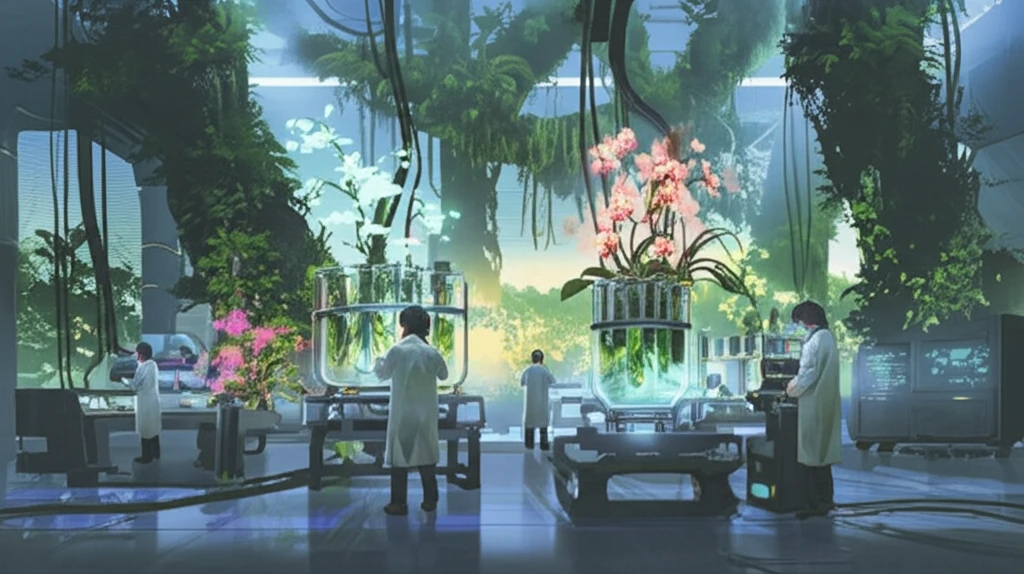
Unlocking Orchid Secrets: How In Vitro Regeneration Can Save Endangered Species
"Discover the groundbreaking techniques scientists are using to propagate rare orchids and ensure their survival for future generations through in vitro regeneration."
Orchids, celebrated for their stunning beauty and diversity, face unprecedented threats from habitat destruction and over-collection. These pressures have pushed many species to the brink of extinction, highlighting the urgent need for effective conservation strategies. Traditional methods often fall short, making innovative approaches crucial for securing their future.
One promising solution lies in the realm of in vitro regeneration, a technique that allows scientists to propagate orchids in a controlled laboratory setting. This method bypasses the challenges of natural seed germination and provides a means to rapidly multiply plants from small tissue samples. The study of Cyrtopodium paranaense, a threatened orchid species, exemplifies the potential of this technology.
This article delves into the innovative methods employed to regenerate Cyrtopodium paranaense, shedding light on how adjusting growth regulators and utilizing meristematic regions can dramatically enhance orchid propagation. These advancements are not only crucial for conservation but also offer insights into the broader applications of biotechnology in preserving plant biodiversity.
The Science of In Vitro Orchid Regeneration

In vitro regeneration hinges on the precise manipulation of plant hormones and environmental conditions to stimulate growth. The process begins with selecting specific tissues, often from meristematic regions—areas of actively dividing cells found in root tips and leaf segments. These explants are then sterilized and placed in a nutrient-rich culture medium supplemented with plant growth regulators, such as naphthalene acetic acid (NAA) and benzylaminopurine (BAP).
- Selecting and sterilizing explants from meristematic regions.
- Culturing explants in a nutrient-rich medium with NAA and BAP.
- Optimizing hormone concentrations to induce PLB formation.
- Transferring PLBs to a growth medium to develop into plantlets.
Securing the Future of Orchids
In vitro regeneration offers a powerful tool for orchid conservation, providing a means to propagate endangered species and restore their populations. By optimizing growth regulators and harnessing the regenerative potential of meristematic regions, scientists can overcome the challenges of traditional propagation methods and ensure the survival of these iconic plants. As we continue to refine these techniques, we move closer to a future where the beauty and diversity of orchids are preserved for generations to come.
